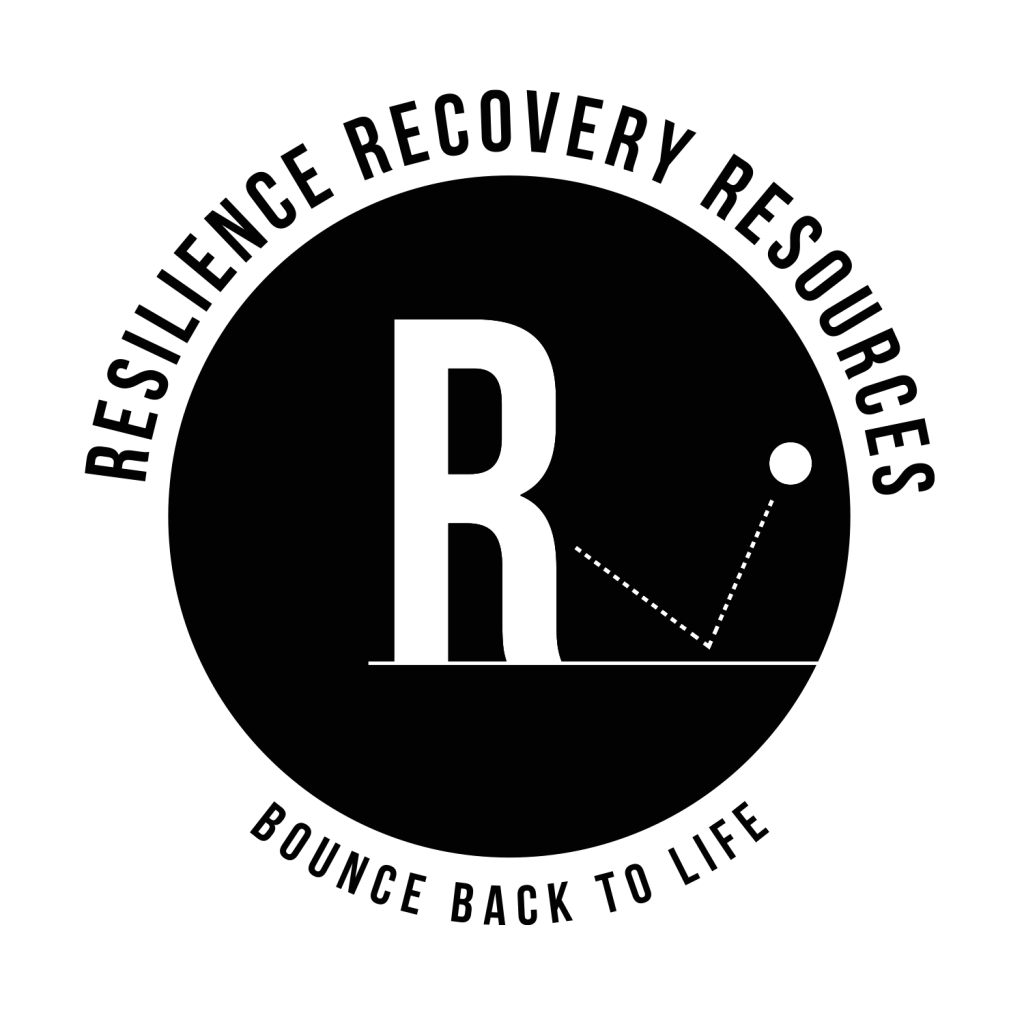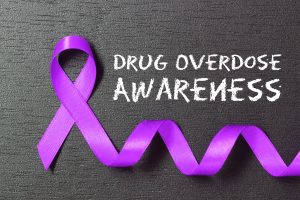At Resilience Recovery Resources, we understand that identifying substance abuse in adolescents and young adult males can be challenging for parents, educators, and loved ones. Cocaine, a powerful stimulant with high addiction potential, remains a significant concern among young populations in West Palm Beach and throughout Florida. According to the National Institute on Drug Abuse, substance use remains prevalent among young adults aged 19-22. Recognizing the early warning signs of cocaine use can make a critical difference in getting timely help for a young person struggling with substance use disorder.
Physical Signs of Cocaine Use
Cocaine produces distinctive physical effects that can be observed even after short-term use. According to the Centers for Disease Control and Prevention, cocaine-related overdose deaths have been increasing in recent years. If you notice several of these symptoms occurring together, particularly after unexplained absences or in cyclical patterns, they may indicate cocaine use:
- Dilated pupils that don’t respond normally to light changes
- Runny nose, frequent sniffing, or nosebleeds without allergies or illness
- Decreased appetite and unexpected weight loss
- Increased energy levels followed by extreme fatigue or crashes
- Disrupted sleep patterns or insomnia
- White powder residue around nostrils
- Track marks (if injecting cocaine) or burns on fingers (if smoking crack cocaine)
- Elevated heart rate, blood pressure, and body temperature
Research published in the Journal of the American Medical Association indicates that stimulant use disorders, including cocaine addiction, are associated with distinct physical and behavioral symptoms that can aid in early detection.
Behavioral Changes Associated with Cocaine Use
Beyond physical symptoms, cocaine significantly impacts behavior. According to the Substance Abuse and Mental Health Services Administration, behavioral symptoms are key indicators of stimulant misuse. Look for these changes that may signal a developing substance use disorder:
- Sudden mood swings – alternating between euphoria and irritability
- Increased secrecy about activities, friends, and whereabouts
- Financial problems or unexplained requests for money
- Declining academic performance or loss of interest in school activities
- New friend groups or abandoning long-term friendships
- Hyperactivity followed by periods of lethargy or depression
- Paranoia or unusual suspiciousness
- Risky behaviors including sexual promiscuity or dangerous activities
- Neglecting responsibilities at home, school, or work
Social and Environmental Indicators
The environment surrounding a young person can provide additional clues about potential cocaine use:
- Drug paraphernalia such as small baggies, razor blades, short straws, or rolled bills
- Frequent trips to the bathroom or other private areas during social gatherings
- Unusual sleep schedules – staying up for extended periods followed by “crashing”
- Increased isolation or spending time with known drug users
- Avoiding family events or situations where drug use would be difficult
- Lying about whereabouts or activities
Long-Term Effects of Cocaine Use in Young Adults
Cocaine poses particular risks to adolescents and young adults because their brains are still developing. According to research published in Neuropsychopharmacology, prolonged use can lead to:
- Damage to developing brain structures affecting decision-making and impulse control
- Cardiovascular complications including increased risk of heart attack or stroke
- Development of co-occurring mental health disorders like anxiety or depression
- Academic failures and compromised future opportunities
- Legal troubles and potential criminal records
- Financial instability and relationship damage
The American Academy of Pediatrics emphasizes the importance of early intervention for substance use in adolescents to prevent these long-term consequences.
Why Teens and Young Adults Are More Vulnerable to Cocaine Addiction
Young people face unique risk factors that can make them more susceptible to cocaine use and addiction. As we’ve discussed in our blog “Why Are Teens More at Risk for Addiction?“, adolescents have specific vulnerabilities:
- Developing brain chemistry makes them more sensitive to cocaine’s effects
- Peer pressure and desire for social acceptance
- Stress from academic performance expectations
- Experimentation during identity formation
- Sensation-seeking behavior common during adolescence
- Undiagnosed or untreated mental health conditions
Research from the National Institute on Drug Abuse confirms that the developing adolescent brain is particularly vulnerable to the effects of substances like cocaine.
When and How to Seek Help
If you observe multiple warning signs of cocaine use in a young person, taking prompt action is crucial:
- Start with an open, non-judgmental conversation about your concerns
- Consult with healthcare professionals about assessment options
- Contact a treatment center specializing in adolescent and young adult substance use disorders
- Consider a professional intervention if direct conversations are unsuccessful
- Research treatment options that specifically address the unique needs of young people
Treatment Options at Resilience Recovery Resources
At Resilience Recovery Resources in West Palm Beach, we offer specialized addiction treatment programs tailored to the unique needs of adolescent and young adult males struggling with cocaine and other substance use disorders:
- Partial Hospitalization Program (PHP) providing structured daily treatment
- Intensive Outpatient Program (IOP) allowing flexibility while maintaining support
- Outpatient Treatment for ongoing care
- Sober Living environments for transition and continued recovery
- Evidence-based therapies including Cognitive Behavioral Therapy
- Dual diagnosis treatment for co-occurring mental health conditions
Our approach addresses not just the addiction itself but also underlying factors that may have contributed to substance use, including potential trauma. This comprehensive care takes place in a supportive environment designed specifically for young men.
Taking the First Step Toward Recovery
Recognizing the signs of cocaine use in a young person is the crucial first step toward getting them the help they need. At Resilience Recovery Resources, we understand the unique challenges faced by adolescents and young adults struggling with substance use disorders. Our specialized programs provide the structure, support, and evidence-based care needed to address cocaine addiction and build a foundation for lasting recovery.
If you’ve observed warning signs of cocaine use in your son or a young man you care about, don’t wait for the situation to worsen. Contact our specialists today at 561-566-5480 to learn how our tailored treatment programs can help start the journey toward recovery and renewed resilience.
This article is provided for informational purposes only and should not be used for diagnosis. If you suspect a young person is using cocaine or other substances, please consult with healthcare professionals for proper evaluation and guidance.
Additional Resources:




